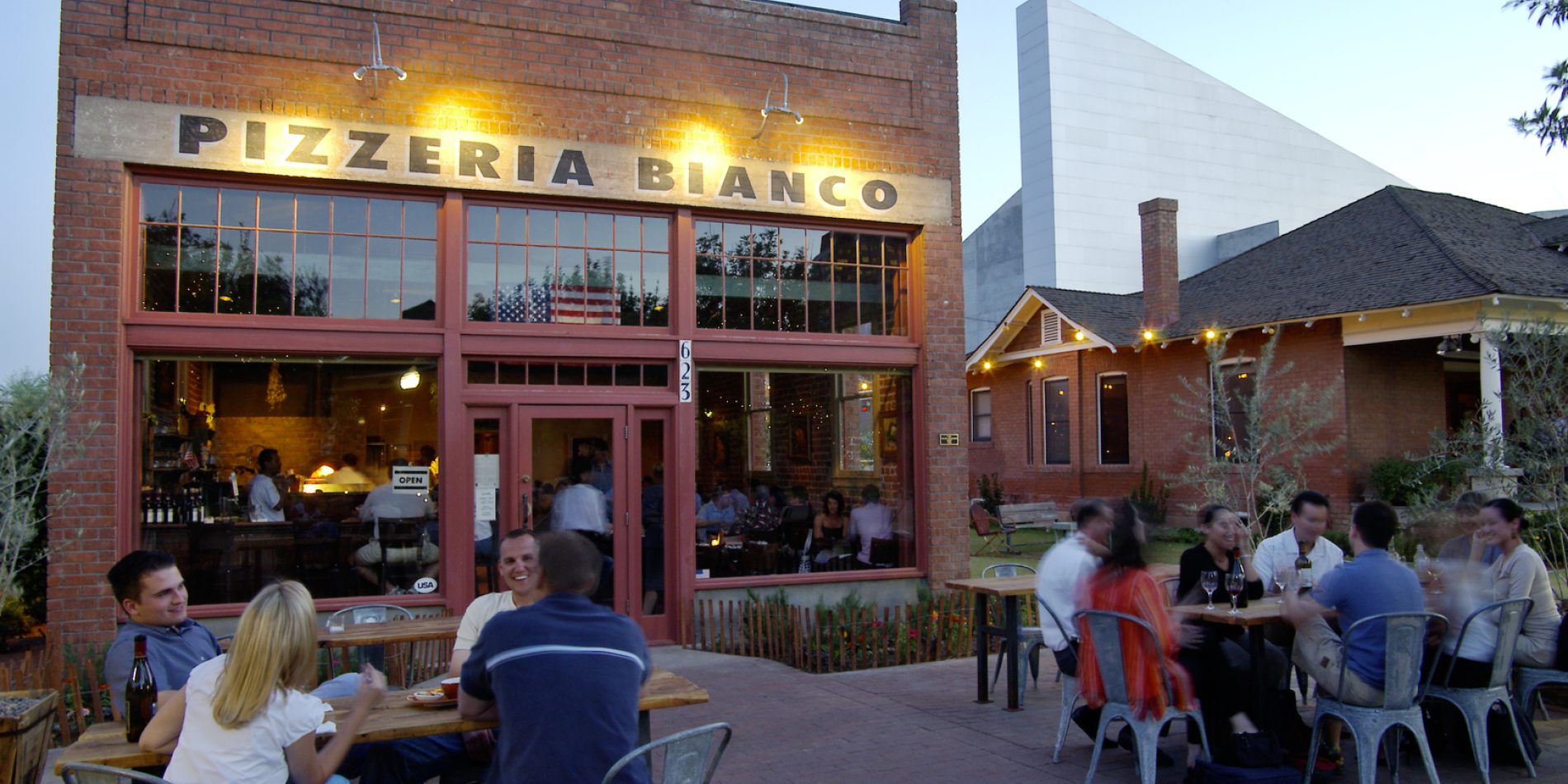Why Eating at Regional Restaurants Sustains Your Community and Thrills Your Taste
Eating at neighborhood restaurants provides more than just a meal; it serves as a vital element in nurturing neighborhood vigor and financial durability. What might this indicate for the future of neighborhood eating and area link?
Financial Influence of Neighborhood Eating

The financial influence of neighborhood eating expands much past the restaurant itself, influencing a large variety of markets within the neighborhood. Regional restaurants play a critical role in stimulating financial development by developing work, sustaining local distributors, and contributing to local earnings. When consumers select to eat at regional establishments, they assist suffer employment for cooks, web servers, and upkeep personnel, thus enhancing the neighborhood task market.
Additionally, regional restaurants frequently source active ingredients from neighboring farms and producers, cultivating a durable supply chain that benefits numerous agricultural industries. This technique not only sustains local economies yet likewise encourages lasting farming methods. Additionally, the sales tax obligation produced from these restaurants adds to vital civil services, such as education and learning and facilities, which further boosts community lifestyle.
In addition, regional eating establishments often promote a sense of neighborhood, attracting citizens and visitors alike, which can result in increased foot web traffic in bordering businesses. This interconnectivity amongst regional business improves economic durability, developing a lively and lasting community ecological community. In essence, the support of neighborhood dining is a financial investment in the more comprehensive economic health and wellness of the area, advertising growth and sustainability for future generations.
Special Culinary Experiences

Additionally, lots of local establishments embrace farm-to-table methods, emphasizing the significance of seasonal fruit and vegetables. Diners can enjoy the quality of ingredients sourced from close-by ranches, which not just enhances flavor however additionally fosters a connection to the regional landscape. This dedication to quality and area establishes the phase for distinct culinary experiences that are commonly lacking in chain restaurants.
Moreover, neighborhood cooks often trying out combination food, blending varied cooking customs to produce interesting new dishes. Such development not only tantalizes the palate yet additionally urges adventurous dining, inviting clients to widen their cooking horizons. Engaging with neighborhood dining establishments enables diners to enjoy dishes that are not nearly nourishment, but concerning the virtuosity and enthusiasm that define the cooking globe, making every dining experience truly distinct and wonderful.
Conditioning Community Bonds
Eating at regional restaurants plays a crucial function in strengthening area bonds by promoting connections amongst locals. These facilities offer as vital celebration locations additional resources where people can engage in meaningful discussions, share experiences, and create long-term memories. As customers frequent the very same local places, they cultivate a feeling of familiarity and sociability, reinforcing social connections within the community.
Additionally, local dining establishments frequently mirror the distinct social fabric of their communities, showcasing local traditions and cooking heritage. This celebration of regional society not only improves area identity however additionally encourages citizens to take satisfaction in their surroundings. By taking part in the local dining scene, people add to a shared narrative that binds them with each other.
Area events held at dining establishments, such as open mic evenings, fundraisers, or food celebrations, better enhance these connections. They supply possibilities for collaboration and interaction amongst varied teams, cultivating inclusivity and understanding. As residents gather to sustain neighborhood organizations, they concurrently sustain one an additional, creating an interconnected network that strengthens the neighborhood's durability.
Basically, eating at neighborhood dining establishments is not just about food; it is an enriching experience that fortifies area bonds and grows a vivid, united regional culture.
Supporting Local Farmers and Producers

This technique reduces transportation expenses and discharges, advertising ecological sustainability while additionally boosting the taste and top quality of the recipes offered. Seasonal food selections, which highlight local produce, allow restaurants to provide distinct culinary experiences that show the region's farming bounty.
Additionally, sustaining regional farmers assists protect standard farming methods and motivates biodiversity. It equips small-scale producers, allowing them to thrive in an increasingly industrialized food system. As local dining establishments pick to companion with these farmers, they assist preserve a dynamic agricultural community, ensuring that neighborhood food systems continue to be durable.
Basically, dining at local dining establishments is not just regarding delighting in a meal; it is a financial investment in the neighborhood economic situation and an affirmation of lasting practices. By choosing neighborhood, diners play a vital duty in nurturing their communities and supporting the hardworking people who cultivate their food.
Maintaining Regional Culture and Heritage
Rooted in the traditions of their communities, neighborhood restaurants work as essential custodians of social heritage. By showcasing regional active ingredients and conventional cooking techniques, these establishments maintain the unique tastes and culinary techniques that define neighborhood identity. Each recipe tells a why not try this out tale, showing historic influences and social narratives that have actually shaped the neighborhood over generations.
Moreover, neighborhood restaurants usually champion classic recipes passed down via families, making certain that distinct social practices stay alive. This not only enlightens patrons regarding the area's heritage however additionally fosters a sense of pride and belonging among homeowners. The atmosphere, decor, and even music in these facilities frequently echo the neighborhood culture, offering an alternative experience that goes beyond mere dining.
Moreover, neighborhood restaurants add to the conservation of language and languages, as food selections and conversations typically include neighborhood vernacular. By joining community events and events, these dining establishments reinforce social bonds and advertise cultural exchange. Basically, dining at regional restaurants is not simply a cooking experience; it is an opportunity to engage with and support the abundant tapestry of regional culture and heritage, ensuring its connection for future generations.
Conclusion
